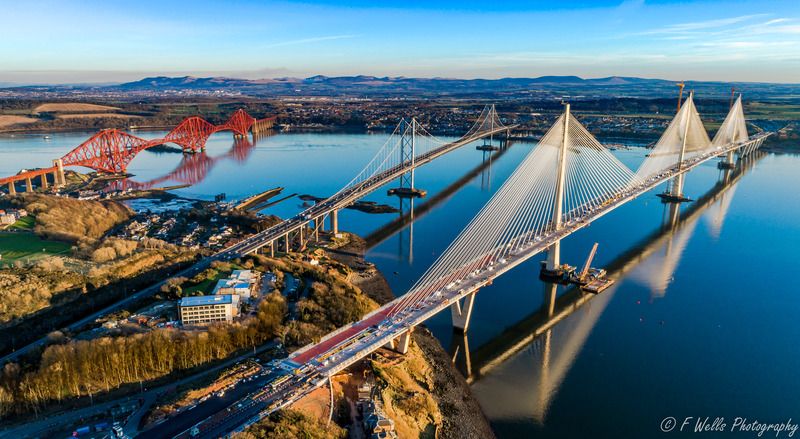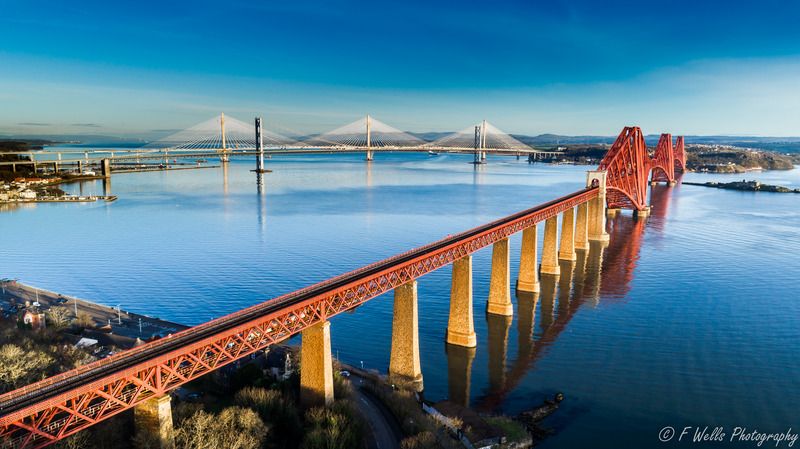It's not stupid and your efforts are for sure appreciated.
Though I think you didn't improve anything - note that the horizon bulges in your sample.
The point addressed by fin032 is not a technical problem but rather a 'mental' one (and Jim Roof explained how to solve it)
Our eye basically works like any camera lens. An image is being projected.
But after light has passed the eye brain kicks in and interprets everything according to our experience.
This is why looking up/down at buildings will not give us the real feel of ratio since the brain knows buildings as being vertical.
Until we take a photo.
Again brain kicks in knowing that photos are 2-dimensional. And suddenly we notice those coinciding/falling lines.
We could say a photo has more truth to it than what we see through our eye.
But now it really gets philosophical

Excuse my German English...











